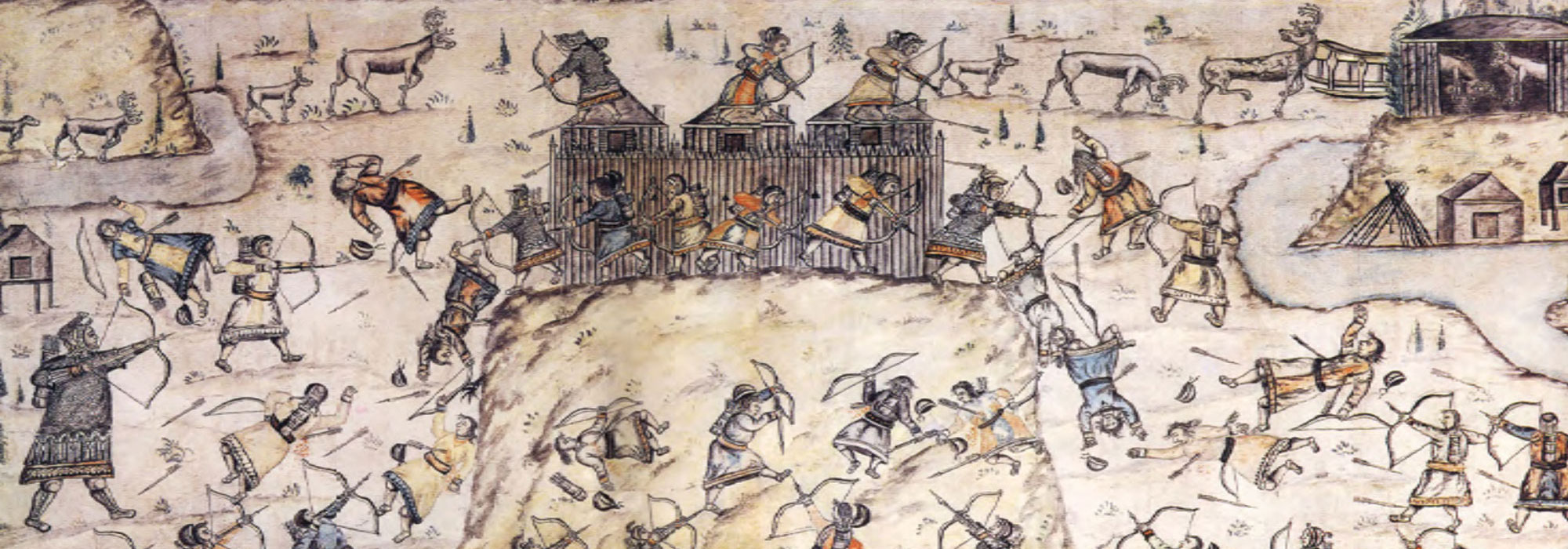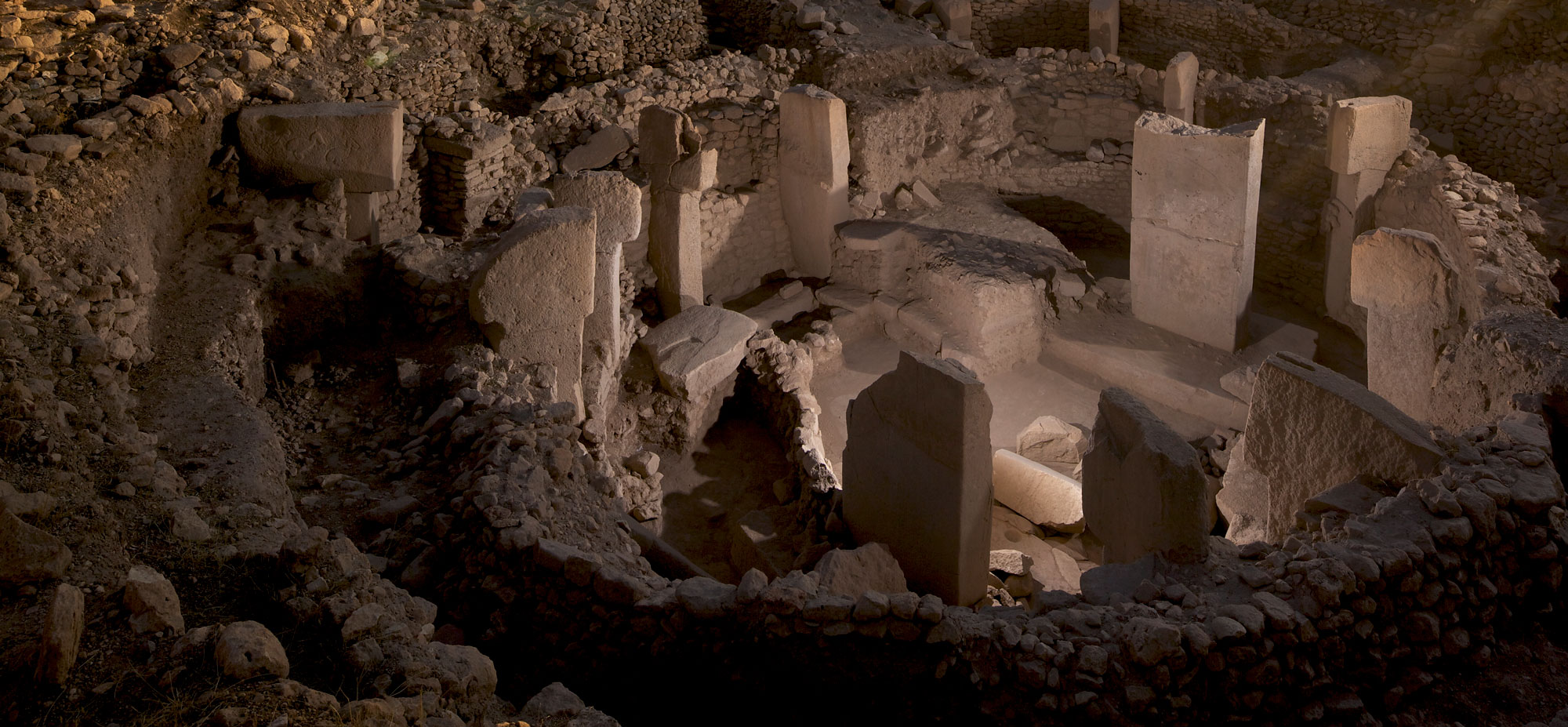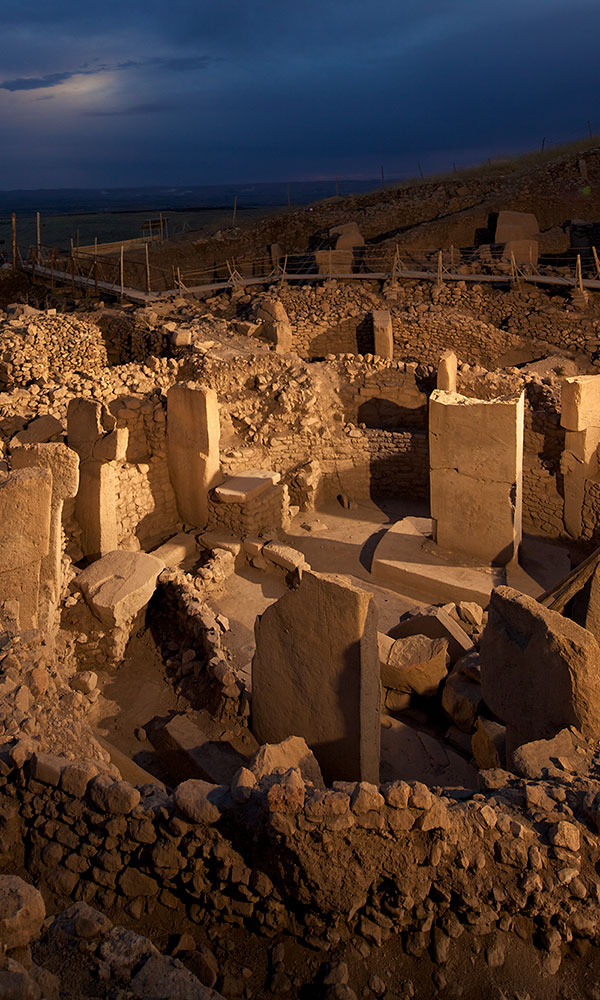
ST. LOUIS, MISSOURI—Live Science reports that researchers led by Erik Trinkaus of Washington University in St. Louis, and Alexandra Buzhilova of Lomonosov Moscow State University, re-examined the contents of 34,000-year-old graves excavated in western Russia in the mid-twentieth century. Known as the Sunghir burials, the graves included the remains of two boys, aged ten and 12 years old, who had been buried together with more than 10,000 mammoth ivory beads, more than 20 armbands, some 300 pierced fox teeth, 16 ivory mammoth spears, carved artifacts, and deer antlers. In addition, two human fibulas had been laid across the boys’ chests. Trinkaus noted that a 40-year-old man had been buried with similar items, but far fewer of them. “From the point of view of the mortuary behavior, the burial of the adult is, in fact, very different from the burial of the children,” he said. The children’s skeletons suggest they had experienced periods of nutritional stress, and would not have been able to contribute to the highly mobile community in the way the full-grown man may have. The ten-year-old had short, bowed thigh bones, but he was physically active. The 12-year-old, however, had been bedridden, and the lack of wear on his teeth suggests he had been fed soft foods. To read about another recent discovery in Russia, go to “Nomadic Chic.”











